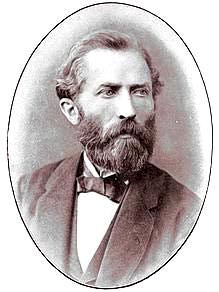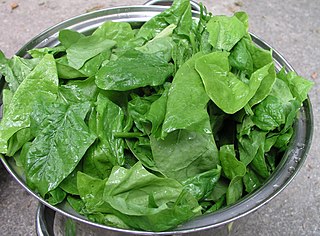This article or section is being initially created, or is in the process of an expansion or major restructuring. You are welcome to assist in its construction by editing it as well. If this article or section has not been edited in several days , please remove this template. If you are the editor who added this template and you are actively editing, please be sure to replace this template with {{ in use }} during the active editing session. Click on the link for template parameters to use. This article was last edited by Trivialist (talk | contribs) 5 seconds ago. (Update timer) |
This is an alphabetical list of the oomycotal taxa recorded from South Africa.




